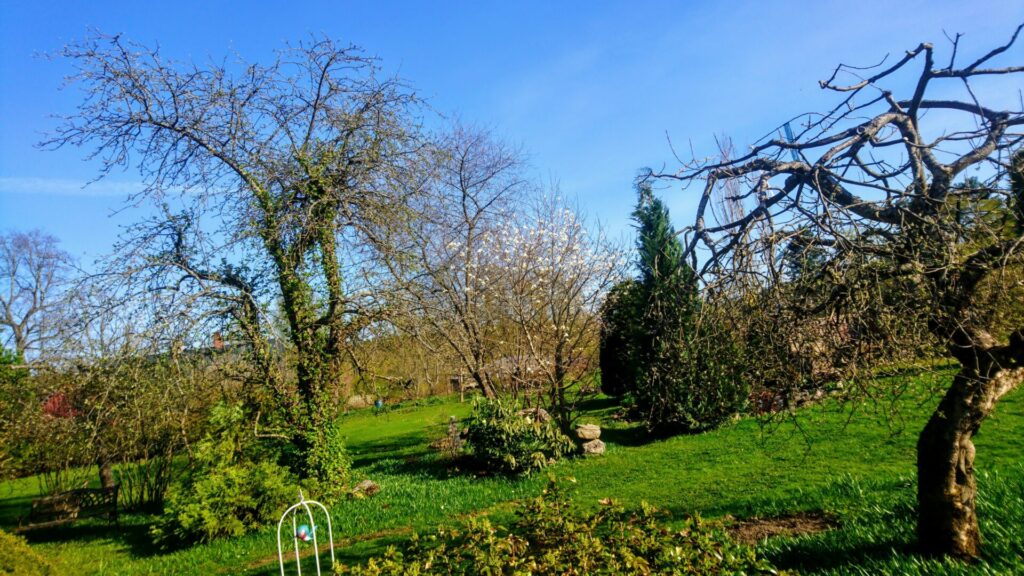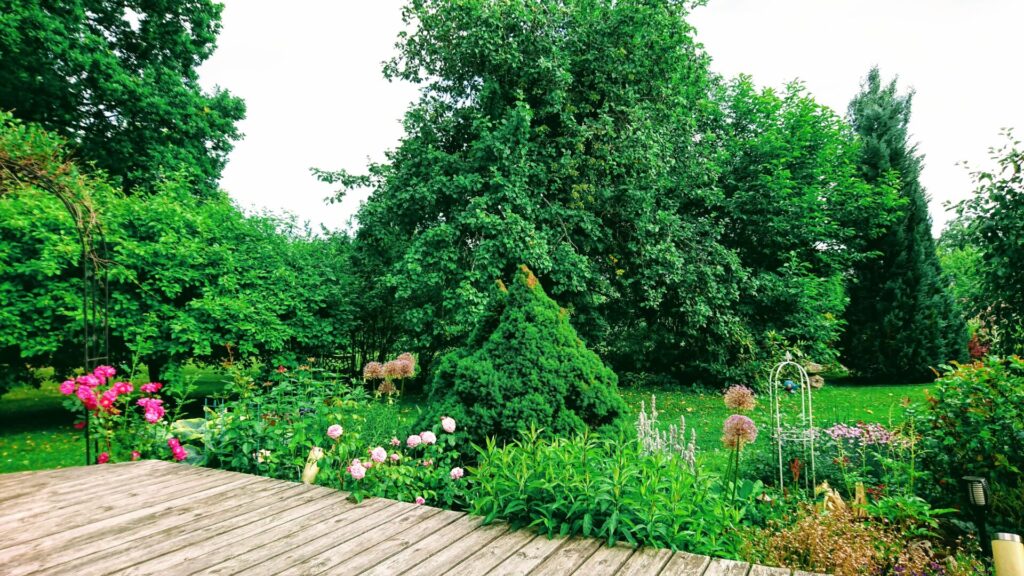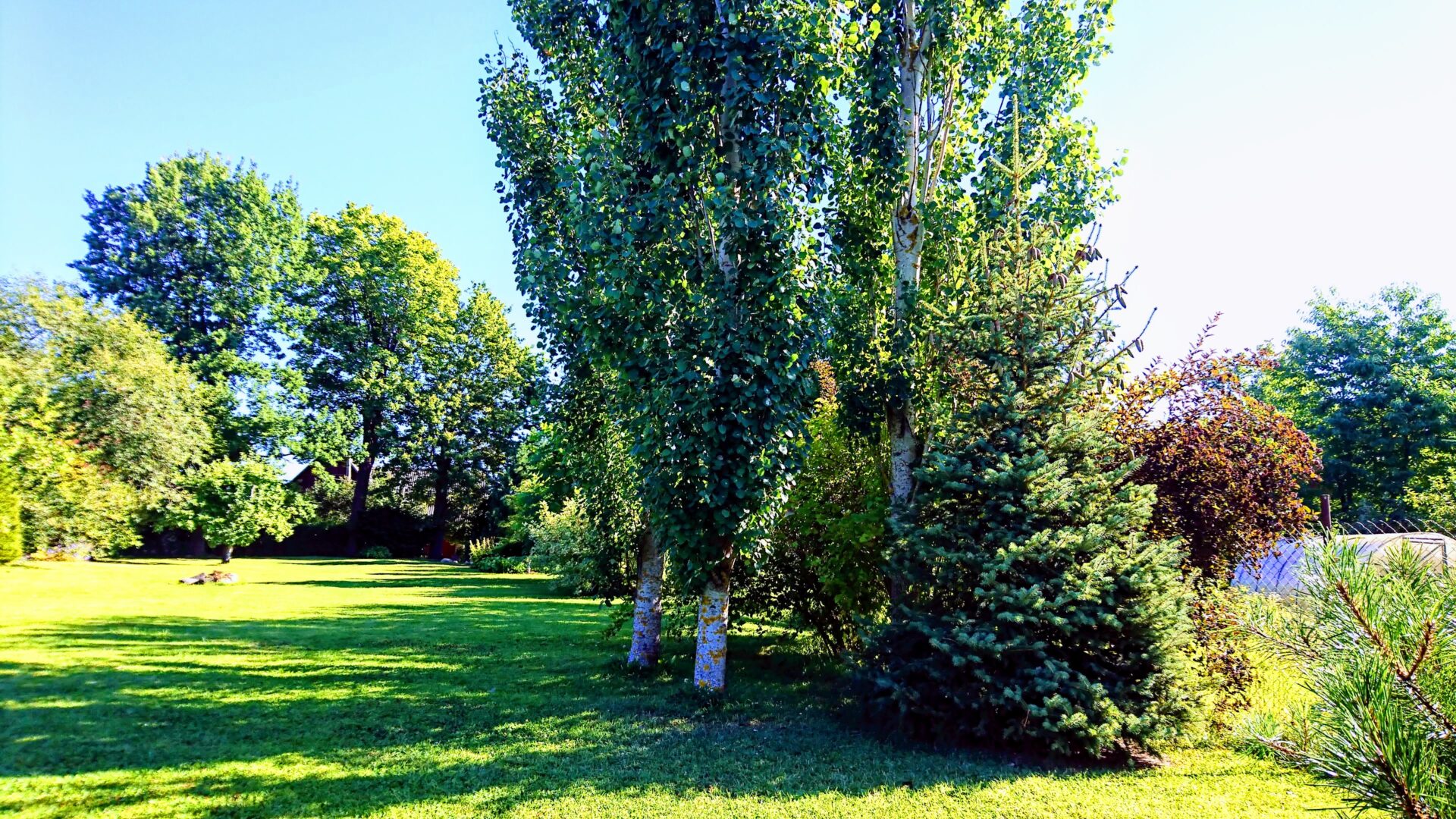Puudega? Ikka puudega. Ilupuud ja muu kõrghaljastus.
Tegelikult oli meie koduaias juba enne meid väga korralik kõrghaljastus: suured tammed, kask, vaher, ebatsuuga, pärn, pihlakad. Ja kõik meie piiridel. Sügisel lehti muruniidukiga komposti tegemiseks kui palju. Ja muidugi paras ports kirsse-ploome-õunapuid. Peale õunapuude tunduvad ülejäänud viljapuud olevat juurevõsudest isehakanud.
With trees? Still with trees. Ornamental trees and other high greenery.
In fact, our home garden already had very good high greenery before us: large oaks, birch, maple, pseudotsuga, linden, rowan. And all in our borders. How many leaves to make compost with a lawnmower in autumn. And of course a good portion of cherry-plum-apple trees. Apart from the apple trees, the rest of the fruit trees seem to have grown on their own from root shoots.
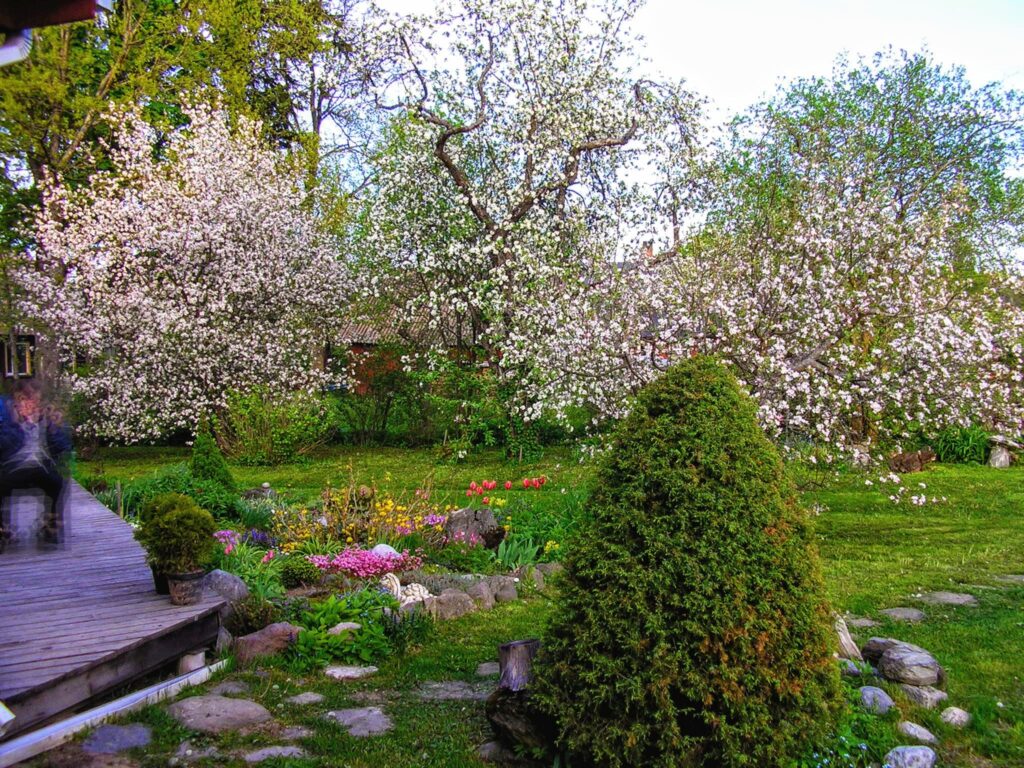
Olemasolnutele oleme aja jooksul lisaks istutanud veel mõned õunapuud, pirnid, maguskirsid, aga mitte viljapuudest ei tahaks siinkohal rääkida. Esimene meie poolt siia aeda istutatud ilupuu oli keerdoksaline paju. Nägime tuttavate aias kena puud, saime kaasa ühe keerdus oksa, mis vette torgatuna kasvatas kibekiiresti omale juured alla ja nii ta meil kuu hiljem juba kenasti kasvamas oligi. See oli millalgi 2007.a. paiku. Edaspidi on ainult aeg-ajalt vaja olnud tema liiga agarat kasvu piirata.
In addition to the existing ones, we have planted a few more apple trees, pears, sweet cherries, but we would not like to talk about fruit trees here. The first ornamental tree we planted in this garden was a twisted willow. We saw a nice tree in the garden of friends, we got a twisted branch, which, when immerseed in water, quickly grew its roots, and a month later it was already growing nicely. It was sometime in 2007. From then on, it was only occasionally necessary to limit his too rapid growth.
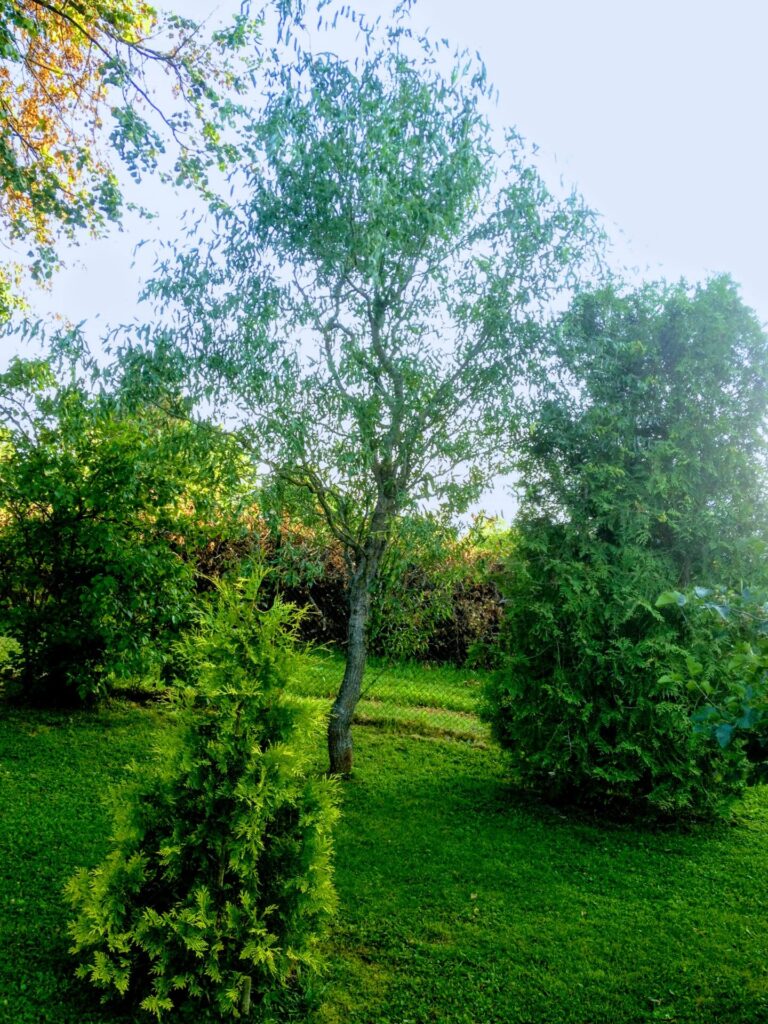
2007 saabus meie aeda ka hondo magnoolia Kobus. Esimesed aastad olime kindlad, et ta on ilmselgelt isane, sest ei mingeid õisi. Teistel sama suured puud juba ammu õitsesid, aga meil ei midagi. Siis aga hakkas lõpuks tulema. 2021 nägime esimest korda ära isegi tema viljad. Kah väga dekoratiivsed.
In 2007, the hondo magnolia Kobus also arrived in our garden. For the first few years we were sure it was obviously male because there were no flowers. Other trees of the same size bloomed a long time ago, but we have nothing. But then it finally started to come. In 2021, we saw its fruits for the first time. Also very decorative.
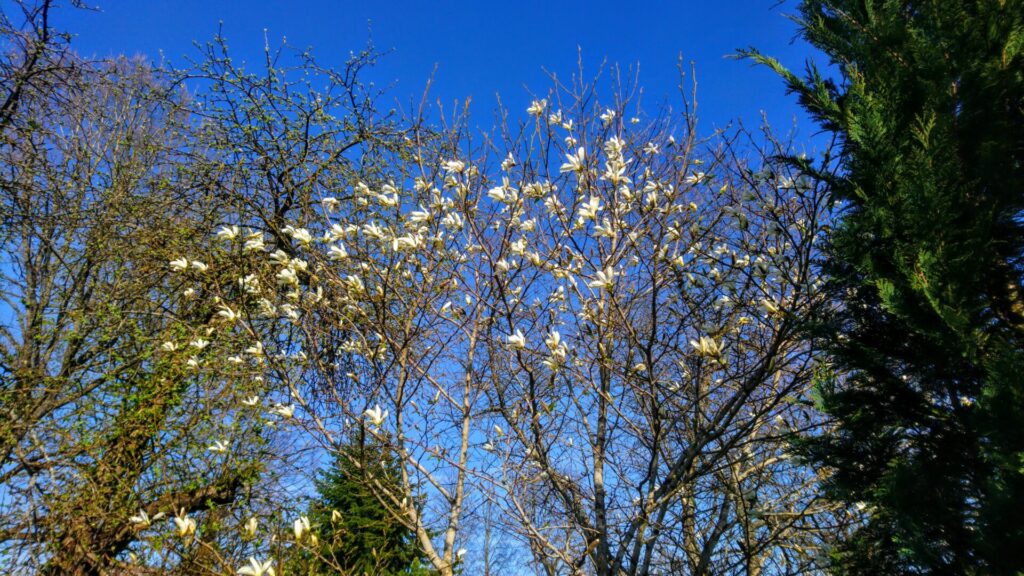
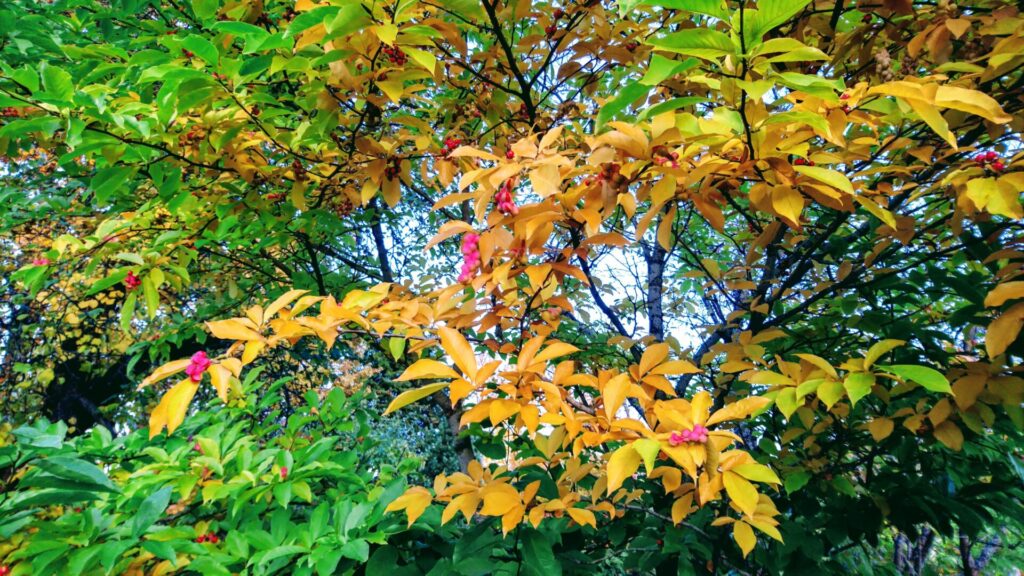
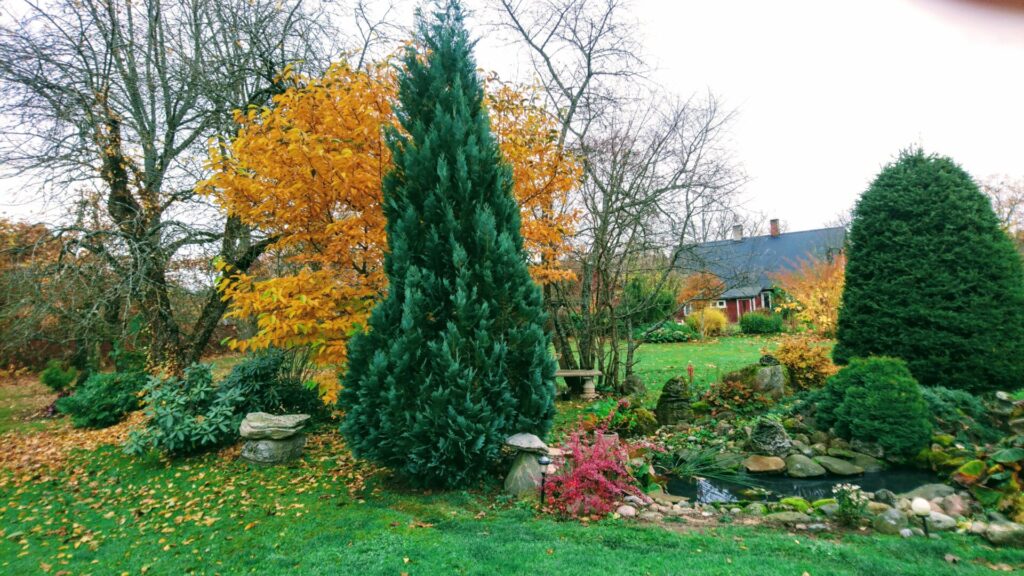
Kui tavaliselt räägitakse, et magnoolia ei talu pügamist, siis meil on ta iga-aastase närimise kenasti ära kannatanud.
If it is usually said that magnolia does not tolerate pruning, in our garden it has endured annual chewing.

2009 istutasime kolm püramiidhaaba Erecta ja hariliku hobukastani Laciniata.
In 2009 we planted three pyramidal aspen Erecta and horse chestnut Laciniata.
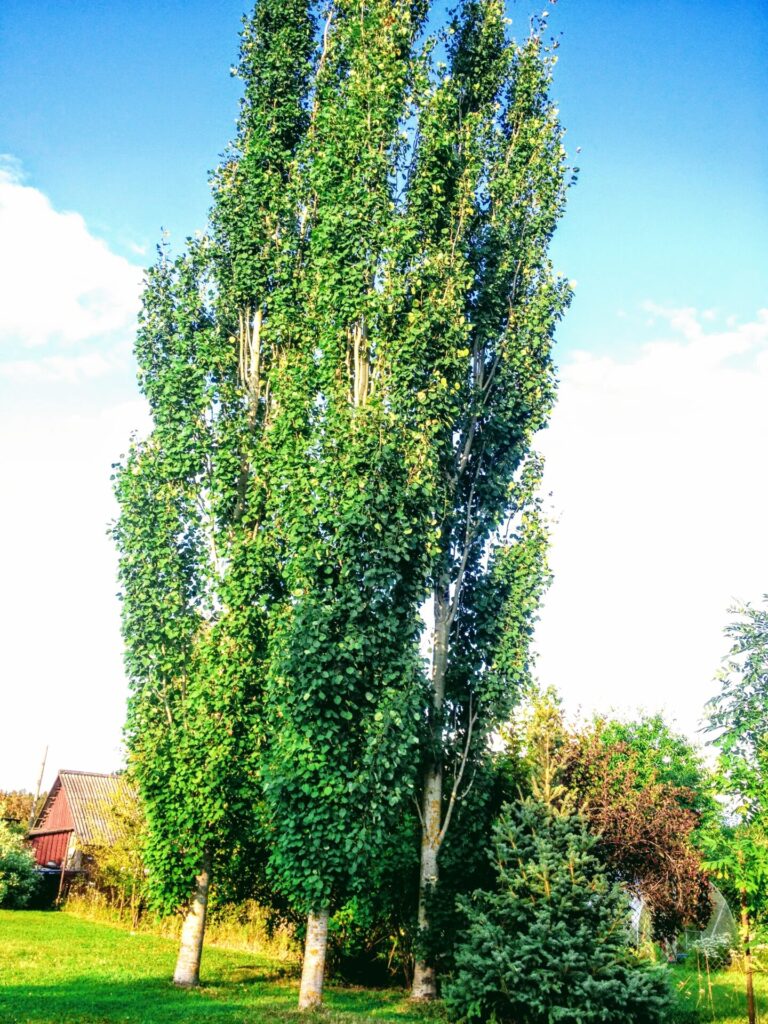
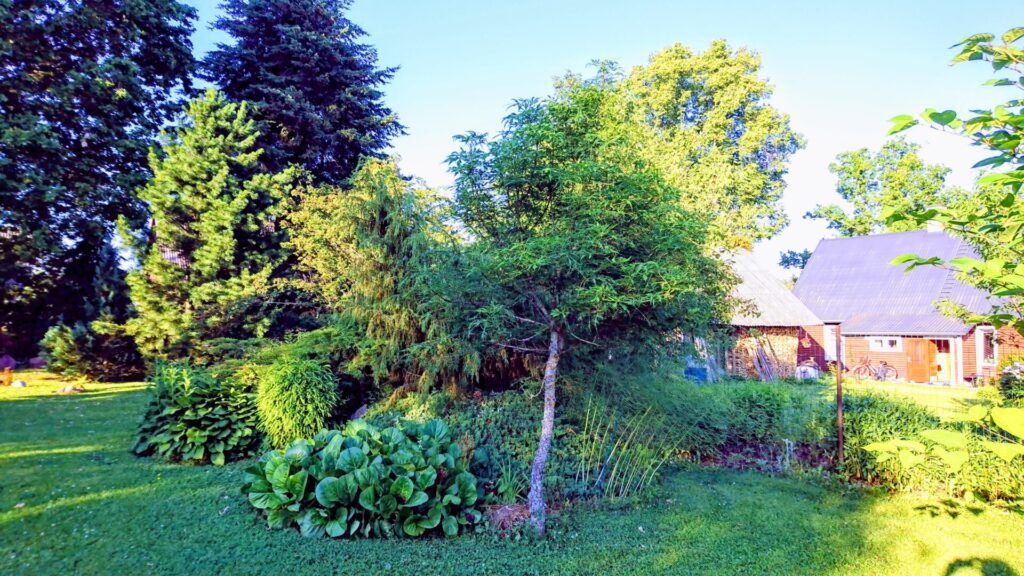
Koos püramiidhaabadega ostsime ka ühe kiirekasvulise haava, minu mäletamist mööda oli nimetus midagi sarnast mutanthaavale. Igatahes pidi ta kasvama väga kiiresti suureks ja seda ta ka tegi. Pealtnäha täiesti tavaline puu, lihtsalt kasvas väga kiiresti suureks.
Along with the pyramidal aspens, we also bought a fast-growing aspen, as I recall, the name was something similar to the mutant aspen. Anyway, he had to grow up very quickly, and he did. A perfectly normal tree on the surface, just grew big very quickly.
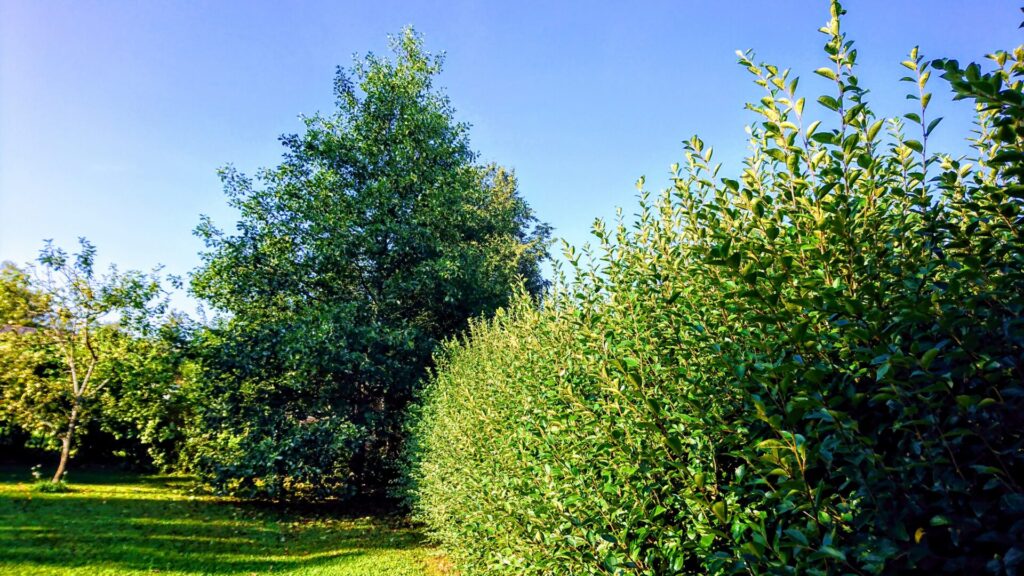
Umbes samal ajal istutasime ka mandžuuria pähklipuu. Viimast pügame peaaegu igal aastal, sest tema aastakasvud ulatuvad tublisti üle meetri. Sellest hoolimata oleme temalt aeg-ajalt isegi pähkleid saanud.
Around the same time, we also planted a Manchurian walnut tree. We prune the latter almost every year, because its annual growth reaches well over a meter. Despite this, we have even received nuts from him from time to time.
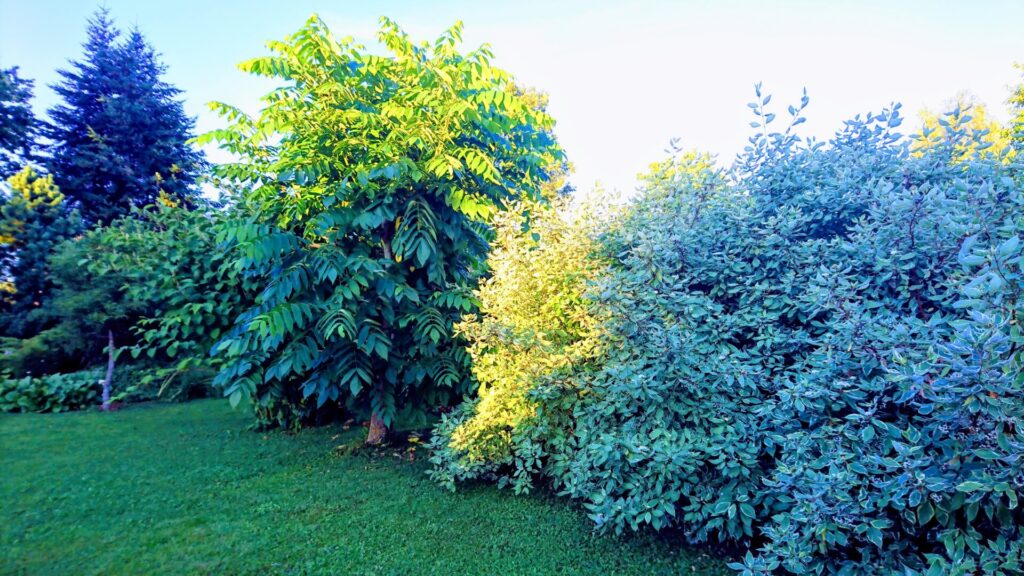
2010 said meie aias koha euroopa seedermänd ja tömbilehine viirpuu ‘Paul`s Scarlet’.
In 2010, the Swiss stone pine and the English hawthorn ‘Paul’s Scarlet’ got a place in our garden.

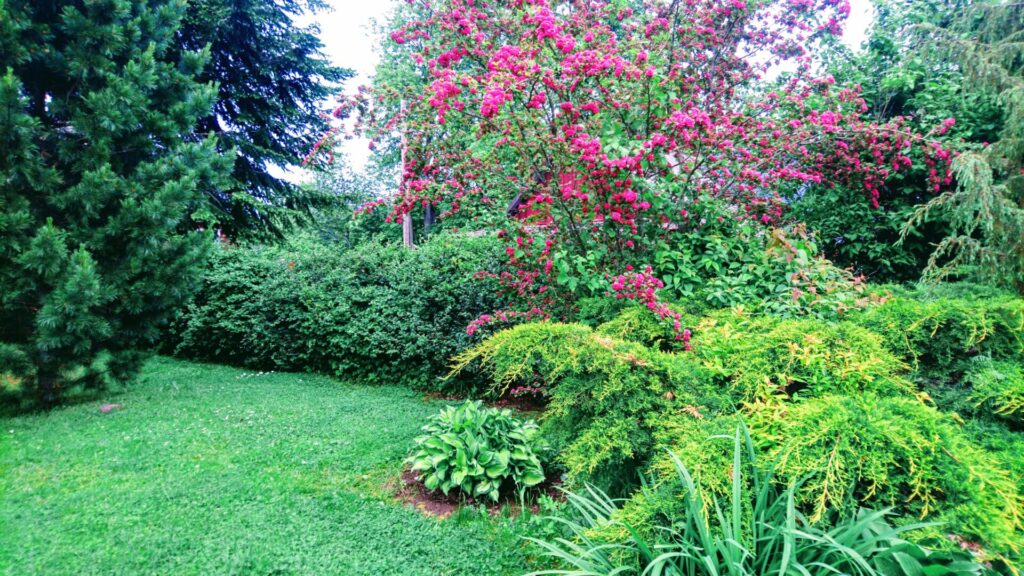
2015 lisandus maitsvate marjadega karvane viirpuu, kelle marjade pärast käib meil iga sügis tugev konkurss: kas meie või linnud.
In 2015, a northern downy hawthorn with delicious berries was added, for whose berries we have a constant competition every autumn: either us or the birds.
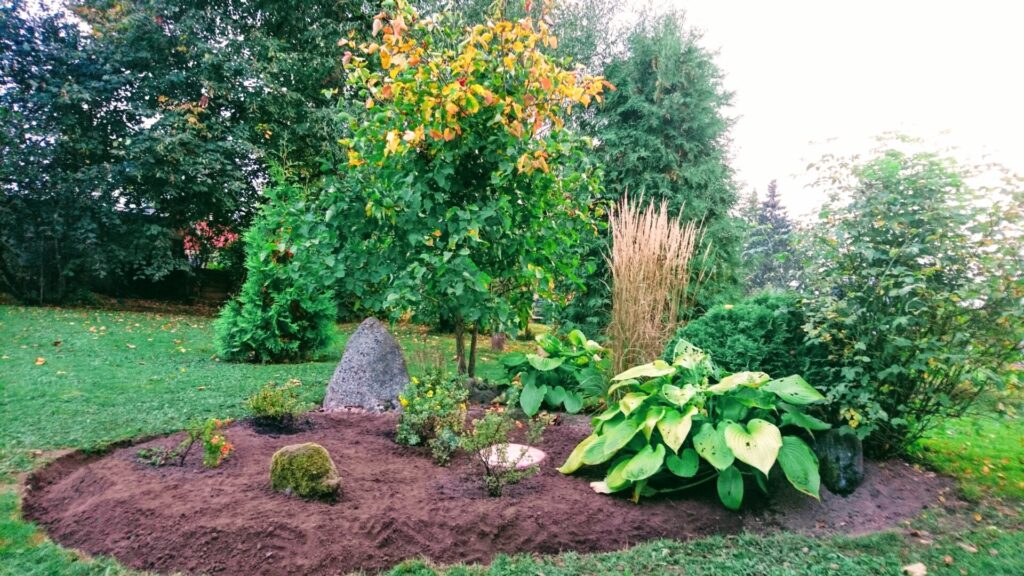
Kindlasti kuuluvad puude alla ka erinevad kuused, kellest oli pikemalt juttu okkaliste postituse all.
The trees certainly also include various fir trees, which were discussed in more detail under the post on conifers.
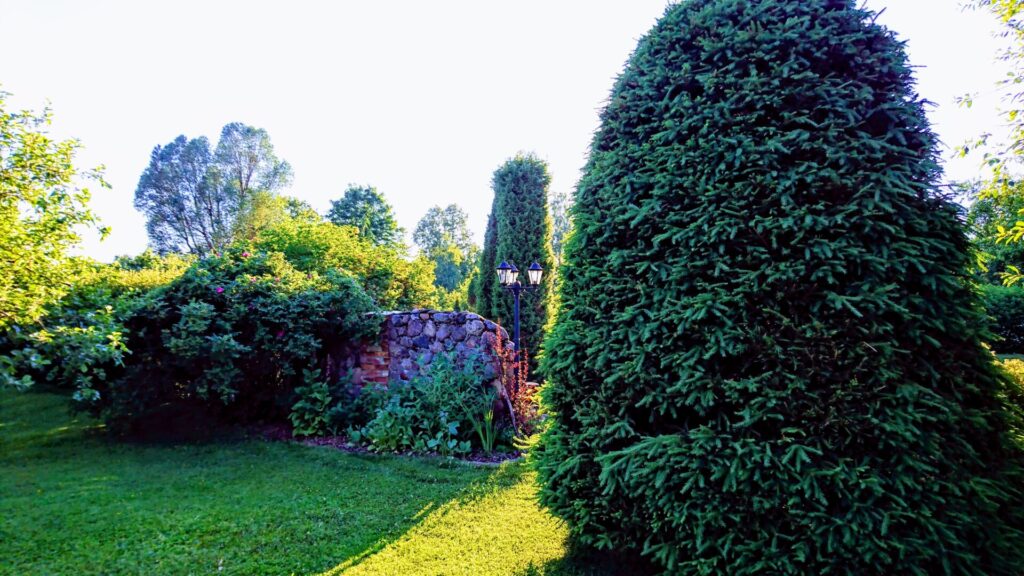

Lõpetuseks paar pilti ka meie aia kõige suuremast õunapuust, keda hoiame praktiliselt pügamata just kõrghaljastuse eesmärgil. Tegu on väga vana maja lähedal kasvava õunapuuga, kuhu olevat omal ajal poogitud kolm erinevat sorti. Ilmselt on need küll aja jooksul täiesti segunenud, sest õunad on täpselt ühesugused ja suht mõttetud-maitsetud. Et tegu on erinevate sortidega, saame aru ainult sellest, et erinevatel aastatel õitsevad erinevad harud. Harud on juba enne meid traadiga kokku tõmmatud, et hoida puud laiali vajumast. Lõiganud oleme teda ainult nii palju, et vältida lõplikku laialivajumist. Lehevabal ajal on ta väga skulptuurne ja suveperioodil annab kenasti varju meie muidu pidevalt lõunapäikese käes olevas aias. Täienduseks istutasime tema peale ronima roniva hortensia.
Finally, a few pictures of the biggest apple tree in our garden, which we keep practically unpruned for the purpose of high greenery. It is an very old apple tree growing near a house, where three different varieties are said to have been grafted at one time. Apparently, they have become completely mixed over time, because the apples are exactly the same and have a rather pointless-tasting. We can understand that they are different varieties only from the fact that different branches bloom in different years. The branches have already been tied together with wire before us to keep the tree from spreading. We have cut it just enough to prevent it from finally falling apart. When it is leafless, it is very sculptural and during the summer it provides a nice shade in our garden, which is otherwise constantly exposed to the southern sun. To complement it, we planted a climbing hydrangea to climb on top of it.
